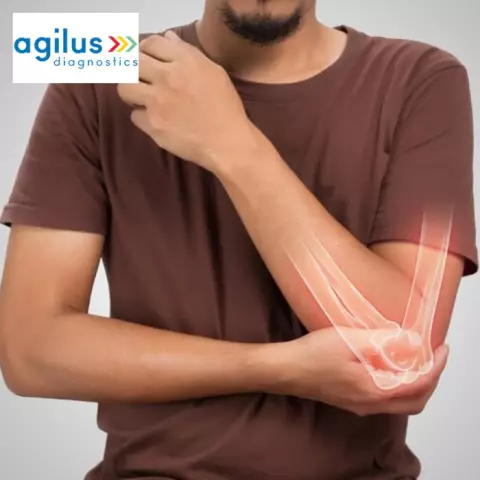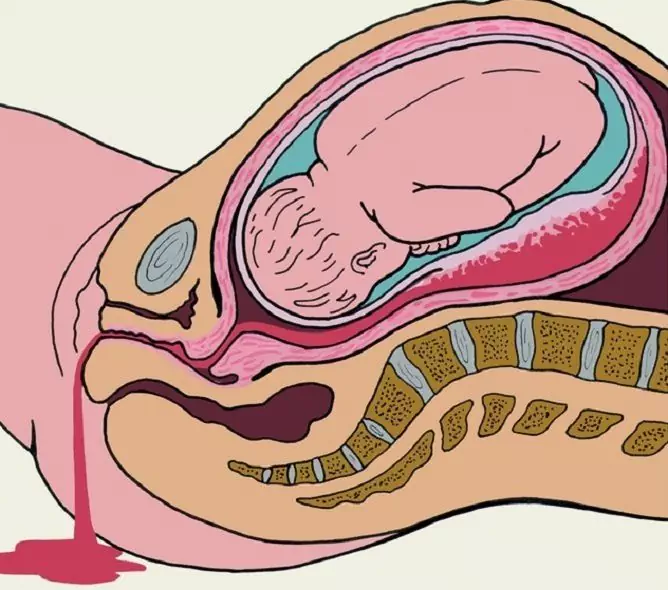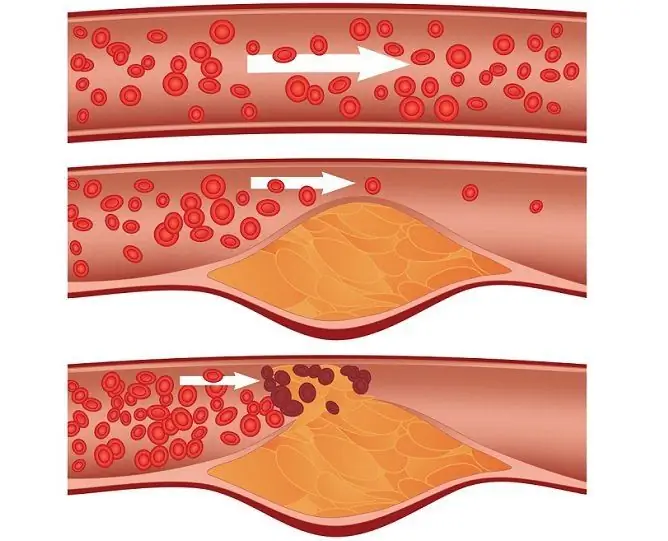- Author Rachel Wainwright [email protected].
- Public 2023-12-15 07:39.
- Last modified 2025-11-02 20:14.
Hypocalcemia

Normally, the concentration of calcium in human blood plasma is 2.2 - 2.5 mmol / l. When it drops below 1.87 mmol / l, a pathological condition called hypocalcemia develops.
Causes of hypocalcemia
- Hypoparathyroidism. With prolonged ischemia of the parathyroid glands, their hypoplasia or removal, there is a sharp decrease in the content of parathyroid hormone in the blood, which is necessary to maintain the content of calcium ions in the plasma at the physiological level. As a result, excessive excretion of calcium by the kidneys is stimulated and the release of this element from bone tissue is slowed down;
- Hypovitaminosis D. In this condition, the processes of calcium absorption in the intestine, as well as its metabolism in the bone tissue, are disturbed, which is the cause of hypocalcemia.
- Increased secretion of parathyroid hormone antagonist - thyrocalcitonin;
- Some bowel diseases (malabsorption syndrome, resection of the small intestine, chronic enteritis), in which the absorption of calcium by the mucous membrane of the small intestine is impaired;
- Aholia - the cessation of the flow of bile into the small intestine, which is necessary for the normal course of membrane and cavity digestion processes, as well as for the metabolism of vitamin D;
- Uncompensated chronic alkalosis. In this case, due to the increased pH of the blood plasma, active binding of calcium ions to proteins occurs, which is the cause of hypocalcemia;
- Hypomagnesemia. Deficiency of magnesium in blood plasma leads to a decrease in the secretion of parathyroid glands of parathyroid hormone. In addition, with hypomagnesemia, the biological activity of vitamin D and parathyroid hormone in bone tissue also decreases;
- Hypoalbuminemia (low blood plasma protein). The reason for hypocalcemia in this case is that there is a decrease in the concentration of the total level of serum calcium due to its fractions associated with albumin.
Hypocalcemia: symptoms
Hypocalcemia is usually combined with hyperkalemia, which leads to the appearance of increased excitability of muscle and nerve cells, and also increases the rate of excitation in them. An increase in neuromuscular excitability is manifested by the occurrence of tetanic seizures, which can affect various muscle groups (facial, larynx, hand, legs, etc.). With mild degrees of hypocalcemia, latent tetany is observed. It is characterized by positive symptoms of Trousseau (when pressing on the shoulder muscles, cramps of the muscles of the hand occur) and / or Khvostek (convulsions of the facial muscles when the branch of the facial nerve is irritated). Also, symptoms of hypocalcemia are various disorders of skin sensitivity (numbness, tingling, burning).
Other symptoms of hypocalcemia are:
- Hemorrhagic and hypocoagulation syndromes. They are manifested by increased bleeding due to a decrease in blood clotting. Their development is explained by the fact that a lack of calcium increases the permeability of the walls of blood vessels. In addition, this chemical element is necessary for the activation of some factors of the blood coagulation system.
- Dystrophic changes in tissues derived from ectoderm. They are manifested by various teeth defects, increased fragility of nails and hair, dry skin, and the development of cataracts.
- Heart rhythm disorders.
Hypocalcemia in children
Calcium deficiency, leading to the development of hypocalcemia, can be observed in children of any age. Very often, the development of this pathological condition in them leads to a lack of calcium and phosphorus, vitamin D in the diet. In addition, hypocalcemia in children can be caused by any other reason listed above.

Hypocalcemia in children usually presents with a triad of symptoms:
- Carpopedic spasm. With it, the hands take a characteristic position, called the "hand of an obstetrician";
- Stridor (noisy, wheezing). It occurs as a result of spasm of the glottis;
- Convulsive syndrome.
With hypocalcemia in children, carpopedal syndrome is more often observed, but stridor and convulsions are much less common.
Hypocalcemia: Treatment
With hypocalcemia, it is necessary not only to replenish the existing calcium deficiency, but also to try, if possible, to eliminate the cause that led to the development of this pathological condition.
With hypoparathyroidism, hormone replacement therapy is prescribed. When tetany attacks against the background of acute hypocalcemia, a solution of calcium chloride or gluconate is injected intravenously. For the treatment of chronic hypocalcemia, patients are prescribed vitamin D (calcitriol, ergocalciferol) and calcium supplements in tablets (calcium gluconate, calcium carbonate). In the presence of decompensated alkalosis, it is necessary to take measures to correct blood acid base balance.
Also, when treating hypocalcemia, it is important to normalize the level of potassium, magnesium and protein in the blood plasma. If necessary, adequate therapy is prescribed for the patient's diseases of the gastrointestinal tract.
YouTube video related to the article:
The information is generalized and provided for informational purposes only. At the first sign of illness, see your doctor. Self-medication is hazardous to health!






